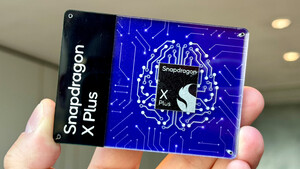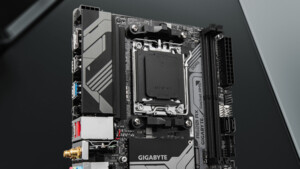Hallo zusammen!
Bevor ich zum konkreten Problem komme, erzähle ich kurz "was bisher geschah.."
Um eine ältere IDE Festplatte an meinen Desktop PC (keine IDE-Schnittstelle) anzuschließen, habe ich einen IDE/SATA Adapter gekauft und nach Anleitung angeklemmt. Nach mehreren Versuchen wurde diese Festplatte nicht erkannt, nach längerer Forensuche habe ich dann im BIOS den Betriebsmodus des SATA-Controllers von IDE auf AHCI umgestellt. Daraufhin gab Windows 10 die Fehlermeldung, dass kein Datenträger zum Booten verfügbar sei.
Nachdem der PC neu gestartet wurde, begann ein Boot-Loop, in dem alle 2s neu gestartet wurde (Der Adapter wurde natürlich als erstes entfernt, half aber nicht). In diversen Foren war die Rede von einem BIOS-Reset, was für mich die einzige sinnvolle Möglichkeit darstellte, nachdem ich bereits jegliche Festplatten, Laufwerke, Kabel etc abgeklemmt und später wieder angeklemmt hatte - ohne Erfolg.
Mittlerweile bleibt der PC beim Starten ca 15 Sekunden ohne Bild an, startet dann von allein neu, der Bootscreen von Gigabyte ist sichtbar, dann wieder ein Neustart ohne Bild usw.
Versucht man, das BIOS Setup zu starten, erscheint nur oben der Text "BIOS Setup UEFI" auf schwarzem Hintergrund, danach startet der PC wieder neu.
Folgendes Mainboard ist verbaut:
Gigabyte GA H77 D3H
Über jegliche Hilfe freue ich mich sehr, leider fällt mir zu dem Problem keine Lösung ein.
Vielen Dank im Voraus!
LG Jannis
Bevor ich zum konkreten Problem komme, erzähle ich kurz "was bisher geschah.."
Um eine ältere IDE Festplatte an meinen Desktop PC (keine IDE-Schnittstelle) anzuschließen, habe ich einen IDE/SATA Adapter gekauft und nach Anleitung angeklemmt. Nach mehreren Versuchen wurde diese Festplatte nicht erkannt, nach längerer Forensuche habe ich dann im BIOS den Betriebsmodus des SATA-Controllers von IDE auf AHCI umgestellt. Daraufhin gab Windows 10 die Fehlermeldung, dass kein Datenträger zum Booten verfügbar sei.
Nachdem der PC neu gestartet wurde, begann ein Boot-Loop, in dem alle 2s neu gestartet wurde (Der Adapter wurde natürlich als erstes entfernt, half aber nicht). In diversen Foren war die Rede von einem BIOS-Reset, was für mich die einzige sinnvolle Möglichkeit darstellte, nachdem ich bereits jegliche Festplatten, Laufwerke, Kabel etc abgeklemmt und später wieder angeklemmt hatte - ohne Erfolg.
Mittlerweile bleibt der PC beim Starten ca 15 Sekunden ohne Bild an, startet dann von allein neu, der Bootscreen von Gigabyte ist sichtbar, dann wieder ein Neustart ohne Bild usw.
Versucht man, das BIOS Setup zu starten, erscheint nur oben der Text "BIOS Setup UEFI" auf schwarzem Hintergrund, danach startet der PC wieder neu.
Folgendes Mainboard ist verbaut:
Gigabyte GA H77 D3H
Über jegliche Hilfe freue ich mich sehr, leider fällt mir zu dem Problem keine Lösung ein.
Vielen Dank im Voraus!
LG Jannis



